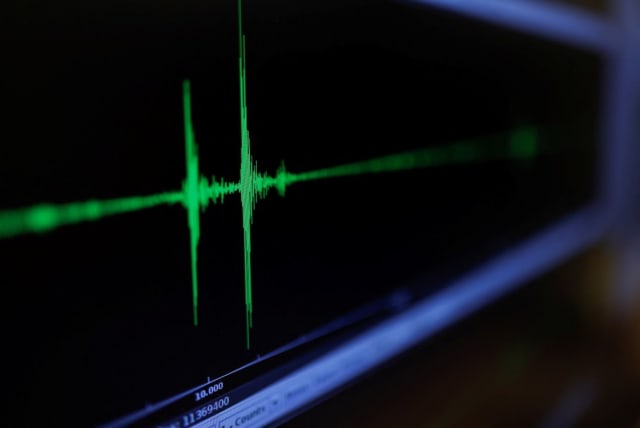Seismologist predicts earthquake in Asia; Japan issues tsunami warning

Dutch seismologist tells Philippines, Taiwan, and Japan to be on alert. Turns out, he was right.
Just hours after Dutch seismologist Frank Hoogerbeets warned about an anticipated earthquake in the Philippines, Taiwan, and Japan, Japan issued a tsunami warning for its eastern islands.
The Japan Meteorological Agency issued the warning following a 6.6 magnitude earthquake that occurred on October 4 at 11:00 a.m. (Japan time) near Tori-shima island in the Pacific Ocean, approximately 550 kilometers south of Tokyo.
Increased #earthquake activity continues on both sides of the Philippine Sea plate. On 23 September a major fluctuation marked the region. Be on extra alert, just in case. #Philippines, #Taiwan, #Japan. pic.twitter.com/jKzwquLuOh
— Frank Hoogerbeets (@hogrbe) October 4, 2023
Although residents of the islands and the Tokyo area did not feel the earthquake, the meteorological agency cautioned that tsunami waves up to one meter high could reach the coastal regions. Additionally, a minor tsunami with a height of about 30 centimeters was reported in the Yaini area on Hachijo Island.
Are earthquakes common in Japan?
Japan is one of the most seismically active countries globally, with a devastating earthquake in 2011 resulting in a tsunami that wreaked havoc in the northern regions of the country and led to the Fukushima Daiichi nuclear power plant collapse.
Fortunately relatively deep, so probably not much damage. #earthquake #mindanao #philippines https://t.co/9gM3BJiljI
— Frank Hoogerbeets (@hogrbe) October 4, 2023
Several hours prior to the Pacific Ocean earthquake, Hoogerbeets tweeted from his X account (formerly Twitter), that ongoing earthquake activity was observed on both sides of the Philippine Sea Plate and that significant tremors were reported in the region on September 23. He called on people to remain vigilant in the Philippines, Taiwan, and Japan. He also included maps illustrating the high-risk areas with the tweet.
In another recent tweet, Hoogerbeets expressed difficulty in explaining planetary geometry in the coming 10 days but cautioned that the period between October 1 and 3 will be critical.
While geologists assert that earthquake occurrences cannot be predicted, the Dutch scientist persists in defending his theory, attributing seismic activity on Earth to the movement and alignment of planets, despite criticism from his peers.
The Environment and Climate Change portal is produced in cooperation with the Goldman Sonnenfeldt School of Sustainability and Climate Change at Ben-Gurion University of the Negev. The Jerusalem Post maintains all editorial decisions related to the content.
Jerusalem Post Store
`; document.getElementById("linkPremium").innerHTML = cont; var divWithLink = document.getElementById("premium-link"); if (divWithLink !== null && divWithLink !== 'undefined') { divWithLink.style.border = "solid 1px #cb0f3e"; divWithLink.style.textAlign = "center"; divWithLink.style.marginBottom = "15px"; divWithLink.style.marginTop = "15px"; divWithLink.style.width = "100%"; divWithLink.style.backgroundColor = "#122952"; divWithLink.style.color = "#ffffff"; divWithLink.style.lineHeight = "1.5"; } } (function (v, i) { });
